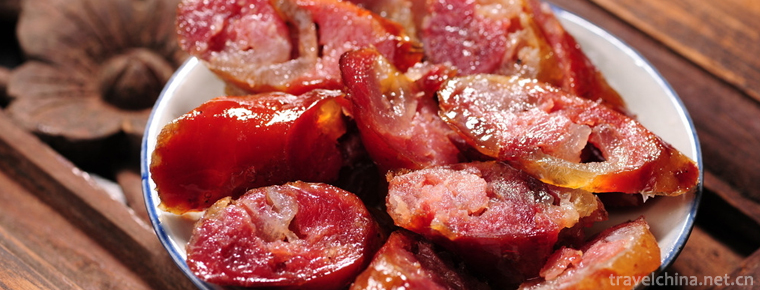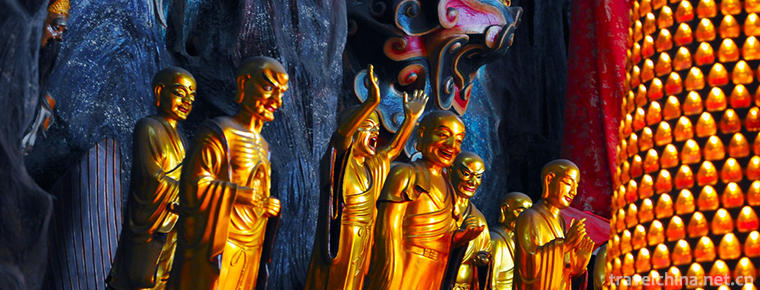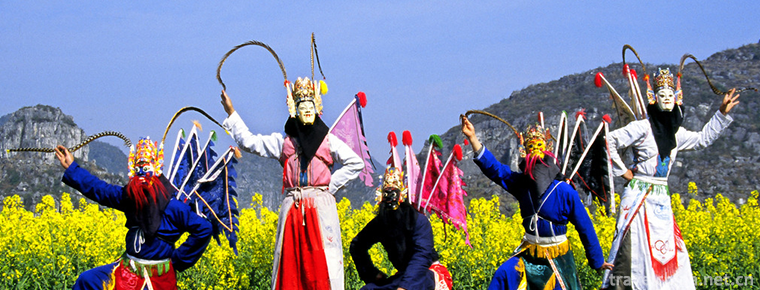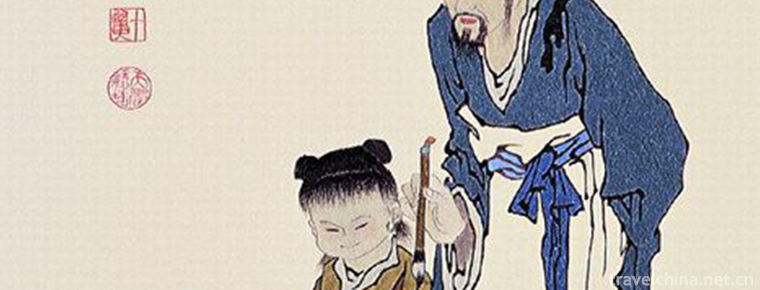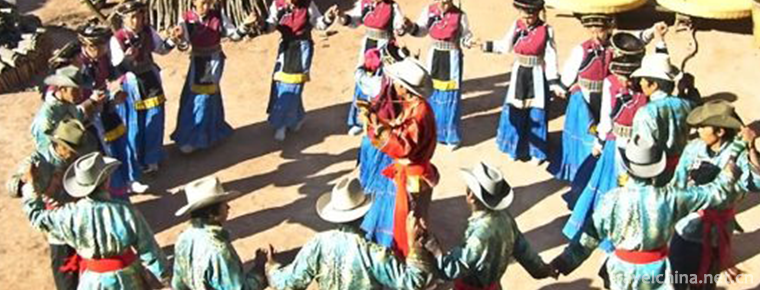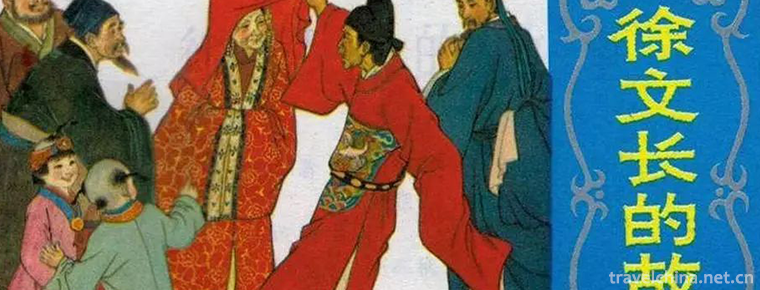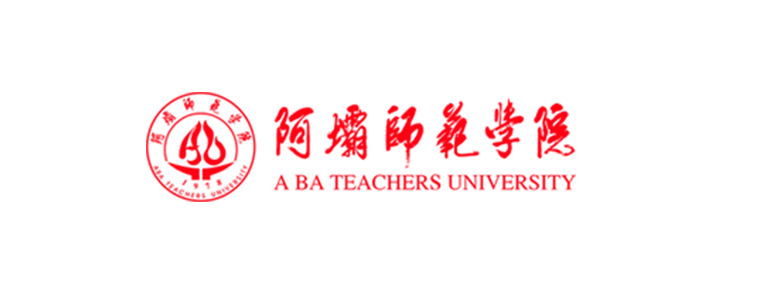Leather Paper Making Skills
Leather Paper Making Skills
Leather paper making technology, Guizhou local traditional handicraft, one of the national intangible cultural heritage.
Leather paper making is an ancient Chinese traditional handicraft. Paper making is one of the four great inventions in ancient China. Bamboo paper and leather paper made from bamboo and tussah bark are two important varieties of traditional handmade paper. Guizhou is a minority inhabited area, and many areas of Guizhou still retain the ancient skills of traditional bamboo paper and leather paper making, among which Xiangzhigou (Buyi nationality), Xiaotun of Zhenfeng County and Shiqiao (Miao nationality) of Danzhai County are the most outstanding ones.
On May 20, 2006, the technology of making leather paper was approved by the State Council and listed in the first batch of national intangible cultural heritage list, the heritage number_-67.
Technological characteristics
Taking bamboo paper produced in Xiangzhigou as an example, it is said that it began in Hongwu period of Ming Dynasty and has a history of more than 600 years. The whole operation process includes 72 processes such as cutting bamboo, breaking bamboo, fencing bamboo, cooking, grinding, pulping, paper making, pressing and drying, which are exactly the same as the paper-making method in Song Yingxing's Tiangong Kaiwu. Its products are both soft and tough, with invisible bamboo patterns and a light fragrance.
The white sponge paper produced in Xiaotun, Zhenfeng County, was originated in Xianfeng period of Qing Dynasty. Up to the end of last century, there were still more than 1000 households engaged in paper making. The paper is made from the skin of the fabric, and the whole set of operation has also undergone 72 processes. The finished product is soft, smooth and soft.
The white paper produced by Shiqiao in Danzhai County is also made of Chinese fir root and bark. In addition, color paper is also produced, including Yunlong fold, concave and convex, flattening, flower and grass, hemp paper. There are more than ten links in the production process. The cotton flocculent pulp is mixed with water and blended with "slipper". The product is packaged by copying, pressing, drying and uncovering. The paper is soft, smooth and water-resistant.
Inheritance Significance
Hand-made paper products have strict requirements on raw materials, water quality and technology. The inheritance of skills depends on oral teaching and heart-to-heart teaching, accompanied by manufacturing, resulting in a rich paper industry custom. Every year, Cai Lun, the master of paper making, is sacrificed. In these cases, the related bamboo paper and leather paper manufacturing techniques have become an important evidence of cultural diversity and national identity. However, under the strong impact of the modern paper industry, the inheritance of these complex and difficult Ancient Papermaking methods has become a problem, which needs to be rescued and protected.
Technological process
There are two processes and more than 30 processes in the production of Longyou Shanya Yanpi paper. One is the production process of leather materials, including chopping, steaming, peeling, steaming, steaming, steaming, spreading, drying, billet making, tearing, cooking, kneading, extrusion, spreading, washing, beating, skinning, washing, drying, bagging and other processes; the other is the production process of finished products, including squeezing, fur troughing, juicing, stirring, paper pressing, baking, paper checking, paper cutting, packaging and so on. Preface. More than 50 kinds of tools with different functions such as Jishan knife, scraper, hydrazone knife, steamer, paper curtain, curtain bed and slot angle are needed in production.
The production process of Longyou Mountain Yanpi Paper depends entirely on the naked eye observation and hand experience of craftsmen. For example, in the paper fishing process, the depth of the curtain bed into the pond and the size of the waves can only be operated by the eye and feel, so as to determine the quality of the finished paper. With the technology of making yam goose skin paper, more than 30 varieties of painting fairy paper, stationery paper, national color paper and special paper can also be processed. They are not only used for painting and calligraphy, but also for binding and packaging.
Inheritance and Protection
Heritage figures
Luo Shouquan, male, Buyi nationality, born in 1942, is from Xiangzhigou, Xinbao Township, Wudang District, Guiyang City, Guizhou Province. In May 2006, the paper making skills were listed in the first batch of national intangible cultural heritage list of traditional skills.
protective measures
National-level inheritors such as Wan Aizhu also guard this ancient handicraft, and actively take protective measures to collect and sort out traditional technological processes, raw material formulations and papermaking equipment, protect the interests of old artists, establish a paper culture museum, and carry out exchange activities of handicraft papermaking skills.
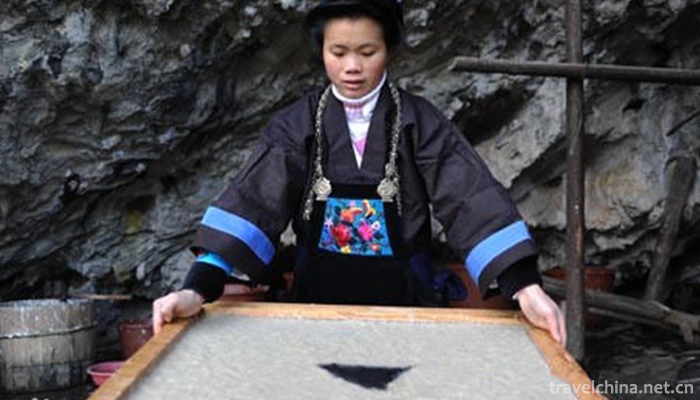
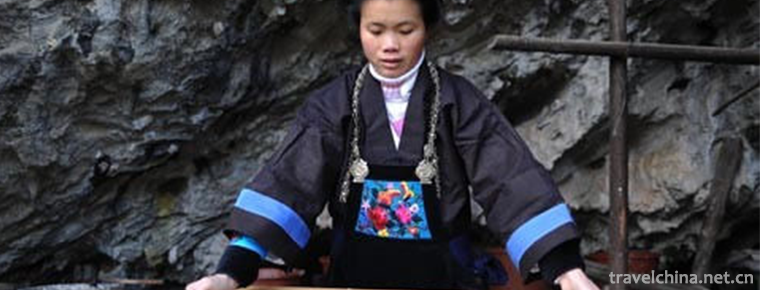
Leather Paper Making Skills
-
sausage
Views: 248 Time 2018-10-12 -
Shantou beef ball
Views: 501 Time 2018-11-02 -
Sanhe ancient town Scenic Area
Sanhe Ancient Town Scenic Area is located in Feixi County, Hefei City, on the shore of Chaohu Lake, adjacent to Lujiang County and Shucheng County
Views: 199 Time 2018-12-08 -
Zhenjiang Jinshan Temple
Jinshan Temple was built in Jinshan Mountain on the South Bank of the Yangtze River in Zhenjiang City, Jiangsu Province, at the time of Emperor Ming of the Eastern Jin Dynasty
Views: 266 Time 2019-03-18 -
Anshun land Opera
Anshun Dixi Opera, a local traditional drama in Anshun City, Guizhou Province, is one of the national intangible cultural heritage.
Views: 237 Time 2019-04-01 -
Gu embroidery
Gu embroidery, a traditional folk art in Shanghai, is one of the national intangible cultural heritages.
Views: 164 Time 2019-05-01 -
Pumi rubbing
Pumi nationality rubbing "rubbing consultation" is Pumi language, "rubbing" means dancing, "rubbing" means dancing, that is, dancing. When dancing, the leader strikes the
Views: 325 Time 2019-06-09 -
Xu Wenchangs Story
The story of Xu Wenchang takes the history of the middle and late Ming Dynasty as the background. From the legend story of Xu Wenchang's youth, "Taking things from the pole", it has been tol
Views: 162 Time 2019-07-09 -
Aba Teachers University
Aba Teachers College, formerly Aba Teachers College, is a full-time general college approved by the State Council in December 1978. In 1993, it was renamed Aba Teachers College. The school was origina
Views: 260 Time 2019-08-31 -
Mianyang secondary industry
In 2019, the added value of industries above Designated Size in Mianyang will increase by 10.0%, 2.0 percentage points higher than the provincial average level, and the production and sales rate of Industrial Enterprises above designated scale
Views: 376 Time 2020-12-14 -
Guangan highway
Guang'an is the transportation hub of Northeast Sichuan Province. The national highway 210, 212, 305 and 318, provincial roads 203, 304 and 18, and county, township and village roads crisscross each other, and the highway network exte
Views: 157 Time 2020-12-19 -
Dazhou peoples life
In 2018, the per capita disposable income of Dazhou residents was 20881 yuan. The per capita disposable income of urban residents was 30882 yuan, an increase of 8.8%. Among them, salary income was 17597 yuan, an increase of 7.3%; net ope
Views: 171 Time 2020-12-20
